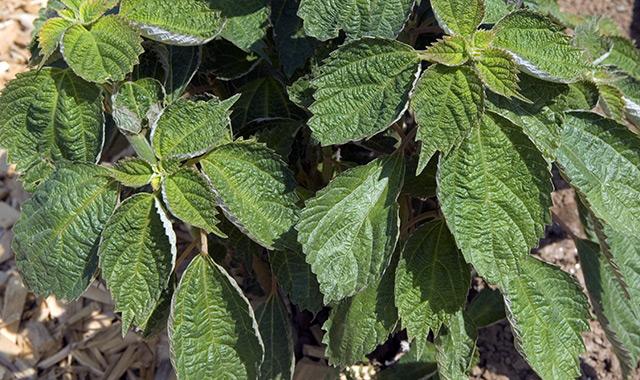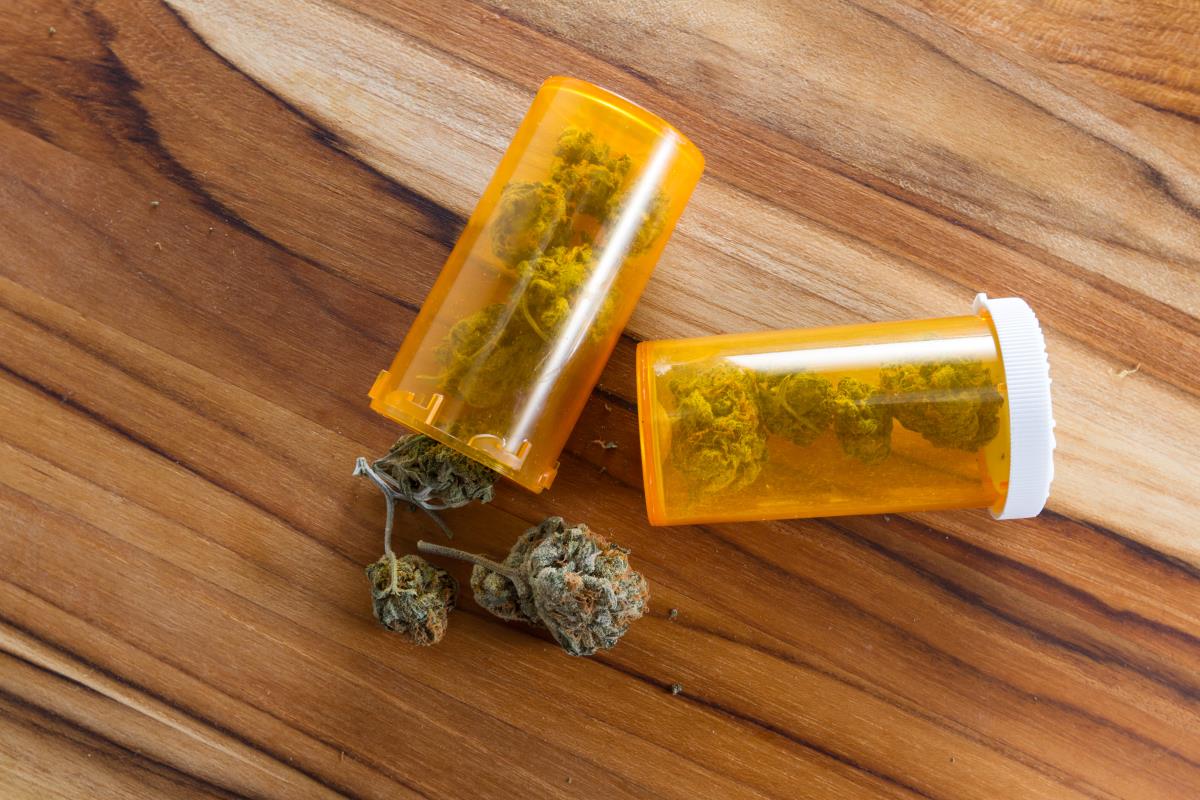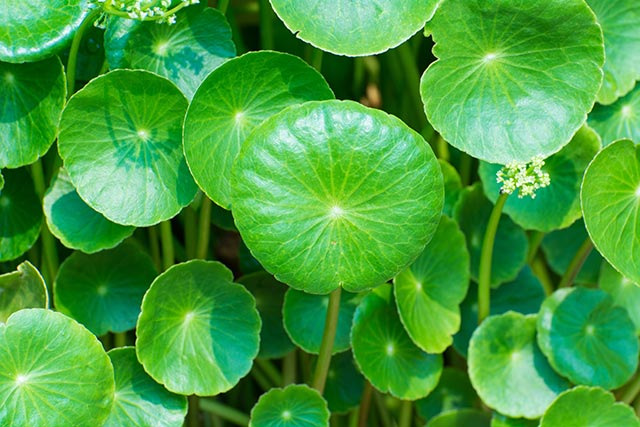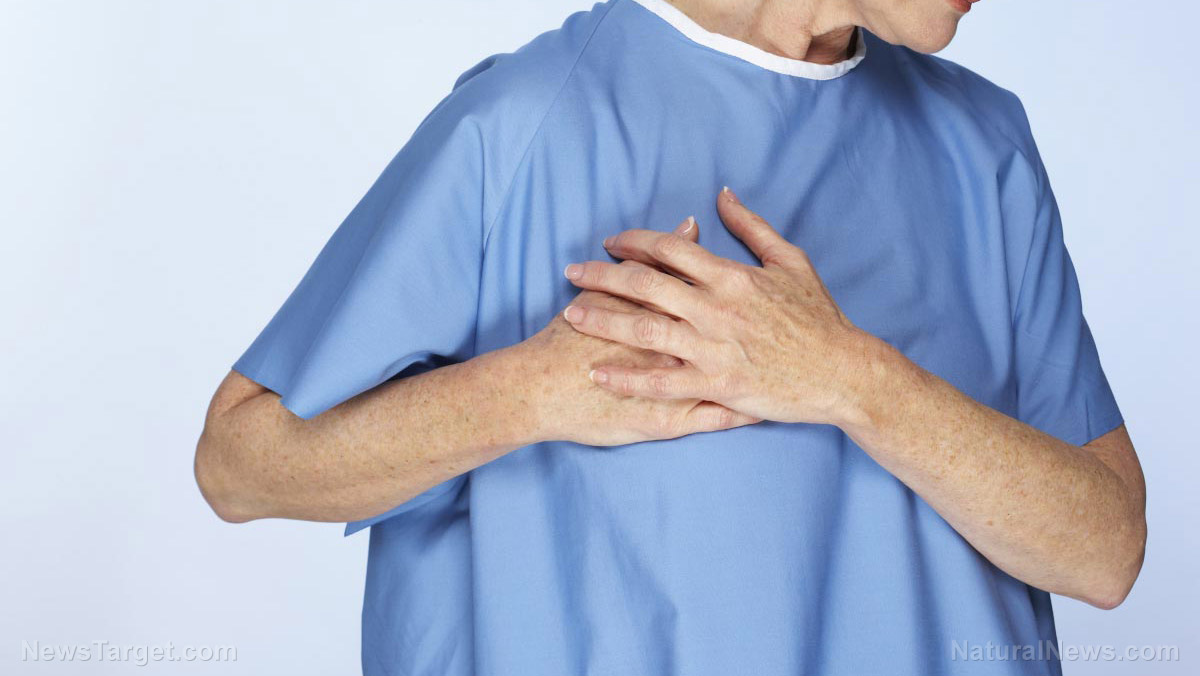The potent antioxidant potential of tartary buckwheat
10/01/2018 / By Ellaine Castillo

A study, conducted by researchers from University of Kashmir and Jamia Millia Islamia, has revealed that the tartary buckwheat (Fagopyrum tataricum) contains multiple bioactive compounds that contribute to its antioxidant activity. In this study, which was published in Free Radicals and Antioxidants, extracts from tartary buckwheat were subjected to phytochemical screening, as well as antioxidant potential and metabolite profiling.
- Tartary buckwheat is a pseudocereal crop that has shown nutraceutical potential. In addition to this, tartary buckwheat is also of interest because of its ability to treat chronic diseases.
- Metabolite content of tartary buckwheat was determined using gas chromatography and mass spectrometry (GC-MS) profiling.
- Antioxidant activity was evaluated by determining the total phenol and flavonoid content of leaf samples. Additionally, total antioxidant activity, as well as superoxide, hydrogen peroxide, and 2,2-diphenyl-1-picrylhydrazyl (DPPH) free radical scavenging activities were also determined.
Results of the study show that tartary buckwheat contains antioxidants, such as alkaloids, flavonoids, phenols, tannins, saponins, phlobatannins, coumarins, glycosides and anthoquinones, resulting to promising free radical scavenging activity. In addition to the aforementioned metabolites, tartary buckwheat also contains fatty acids, hydrocarbons, steroids, terpenoids, esters, organic acids, and aldehydes that have pharmaceutical applications. These results show that tartary buckwheat can be used as a nutraceutical to reduce cases of malnutrition.
Read the full text of the study at this link.
Learn more about the antioxidant potential of tartary buckwheat by visiting Nutrients.news today.
Journal Reference:
Pirzadah TB, Malik B, Tahir I, Qureshi MI, Rehman RU. METABOLITE FINGERPRINTING AND ANTIOXIDANT POTENTIAL OF TARTARY BUCKWHEAT- AN UNDERUTILIZED PSEUDOCEREAL CROP FROM KASHMIR REGION. Free Radicals and Antioxidants. 2016;7(1). DOI: 10.5530/fra.2017.1.15
Tagged Under: aldehydes, alkaloids, anthoquinones, antioxidant, coumarins, esters, Fagopyrum tataricum, fatty acids, flavonoids, free radical scavenging, Free radicals, glycosides, hydrocarbons, malnutrition, metabolite fingerprinting, nutraceutical, organic acids, phenols, phlobatannins, pseudocereal, saponins, Steroids, tannins, tartary buckwheat, terpenoids


















